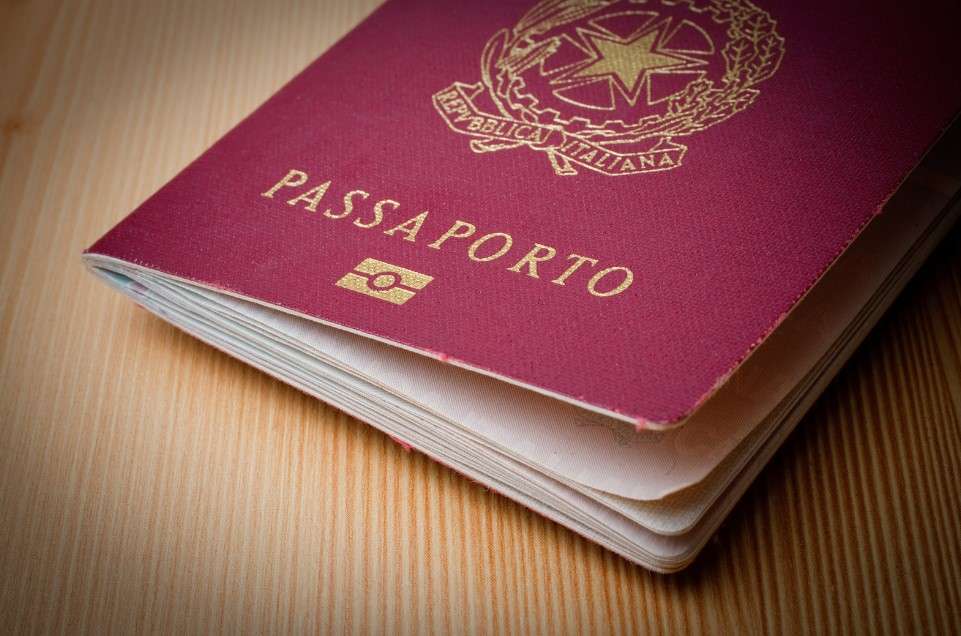Are you an Armenian citizen planning to travel to Turkey? Applying for a visa can be overwhelming and confusing, but it doesn’t have to be! With the right tips and tricks, you can navigate the process smoothly and efficiently. In this blog post, we’ll share our expert advice on how to apply for a Turkey visa as an Armenian citizen, including insider information on common mistakes to avoid. So if you’re ready to make your dream trip a reality, keep reading! Turkey Visa for Armenian Citizens
What is a Turkey Visa?
If you are an Armenian citizen and wish to travel to Turkey, you will need to apply for a visa. Although the process of obtaining a Turkish visa can be time-consuming, there are a few tips and tricks that can make the process easier.
To begin the visa application process, you will need to gather your documentation. This includes your passport photo, valid passport (at least 6 months after your desired departure date), Schengen visa if required, proof of travel insurance, and your Turkish visa application form (which can be downloaded from the Turkish consulate website).
Next, you will need to contact the Turkish consulate in your home country. You will need to provide them with all of your documentation and explain why you want to visit Turkey. The consulate will then send you an application form which you must complete and submit with the required documents.
Although the application process is lengthy, it is worth it to get a Turkish visa. By following these tips and tricks, you should have no problem getting approved for a visa and making your trip to Turkey a reality!
How to Apply for a Turkey Visa as an Armenian Citizen?
If you are an Armenian citizen and wish to travel to Turkey, you will need to apply for a visa. Here are some tips on how to do so:
1. Check the Turkish embassy website for updated information on visa requirements and application procedures.
2. Determine if you need a tourist visa or a business visa. Turkey Visa for Cruise Visitors
3. Prepare your documents required for a Turkish visa application. These include your passport, valid passport-sized photo, copies of your identification cards (if applicable), and tickets if traveling with a sponsor.
4. Appear at the Turkish embassy or consulate in your home country with all required documents on hand. Present the document that proves your identity (such as your driver’s license) and fill out the application form provided.
5. Pay the applicable visa fee, which is currently USD60 for tourists and USD160 for business travelers. Note that some embassies/consulates may charge additional fees (usually USD10).
6. Submit your completed application form along with the payment to the embassy/consulate in good time before the deadline set by Turkey (usually two weeks). If you cannot submit all of your paperwork in one go, be sure to divide it into several visits so that processing times remain reasonable.
Tips and Tricks for Applying for a Turkey Visa as a Cruise Visitor
If you are a cruise visitor who would like to apply for a Turkey visa, there are a few things you need to know. First, make sure that your passport has at least six months remaining until the expiration date; otherwise, you will need to renew your passport before traveling to Turkey.
To apply for a Turkey visa, you will first need to visit the Turkish embassy or consulate in your home country. There, you will be required to fill out an application form and provide evidence of your travel plans.
Some common items that may be requested include your flight information, proof of your hotel reservations, and any other documents that may be relevant to your trip. Once all of the necessary paperwork has been completed, you will be given an appointment time with the embassy or consulate staff.
Once you have been scheduled for an appointment, it is important to arrive on time. Failure to do so may result in delays in processing your application and could lead to additional costs. In addition, it is important not to bring anything that could potentially be used as evidence against you (such as photographs or video recordings).



